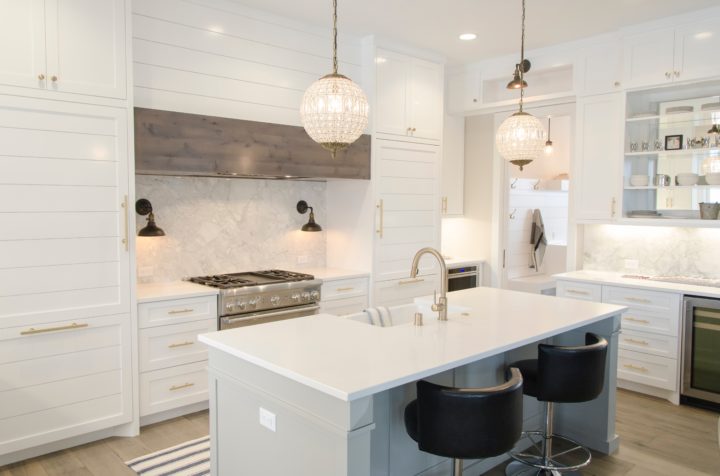The following is a contribution from another author.
One of the most difficult choices we have when it comes to home planning is picking out colors. Perhaps the overall theme of your home is already set in stone and maybe you’ve planned out what furniture you want to use. The choice of color can be an intensely frustrating one because there are just so many choices, and if you make the wrong decision, it can be very expensive to replace colors.
The whole idea of property planning is to get yourself a home that’s just right for you; it should tick all the boxes and it should make you feel completely comfortable and at home when you come back from a long day at work. But there are so many color combinations available and you can only afford to make so many mistakes, so how do you make the process easier?
Simple; by picking neutral colors to use in your home!
What are neutral colors?
Neutral colors typically won’t show up on any kind of color wheel or graph that you might have. Neutral colors are simple colors that give off an earthy and tranquil tone. Examples include white, black, beige, brown and gray. Neutral colors might seem very basic and simple, but that’s the point. They’re designed to fit into any interior design scheme and they go well with virtually everything.
Neutral decor
There are plenty of places to get yourself some neutral colors. For instance, you could purchase a beautiful white dining room set that can be used on a wood textured dining table. You could purchase dining chairs with a cover chair or black material to contrast with the table, and you could even place small decorations on your dining table that give off natural tones and vibes, such as transparent plant pots.
Neutral decor also involves filling your rooms with neutral colors. This might include white wallpapers and wooden laminate flooring. However, do keep in mind that neutral colors provide excellent custom wall backdrops for other colors. For instance, you could stick with flat neutrals such as white, beige or black, and then mix in lighter blues, reds or any other color you can think of. This gives your rooms a slight touch of personality while still maintaining the natural theme.
Warm and cool shades
Despite neutral colors being fairly simple to work with, you can also pick out cooler and warmer shades of neutral colors to give completely different looks. For instance, a cooler shade of gray and brown could give your rooms a very modern aesthetic, but using warmer shades can create a traditional feel.
There’s a lot to experiment with, but using neutral colors in your home means that you have fewer difficult decisions to make. You really can’t go wrong with neutral colors and they give your home a wonderful look no matter how you mix and match them. They’re also great as bases for other colors, meaning you can mix them with your favorite colors and it will still look fantastic.

















choose the best home automation company for enhancing your home.